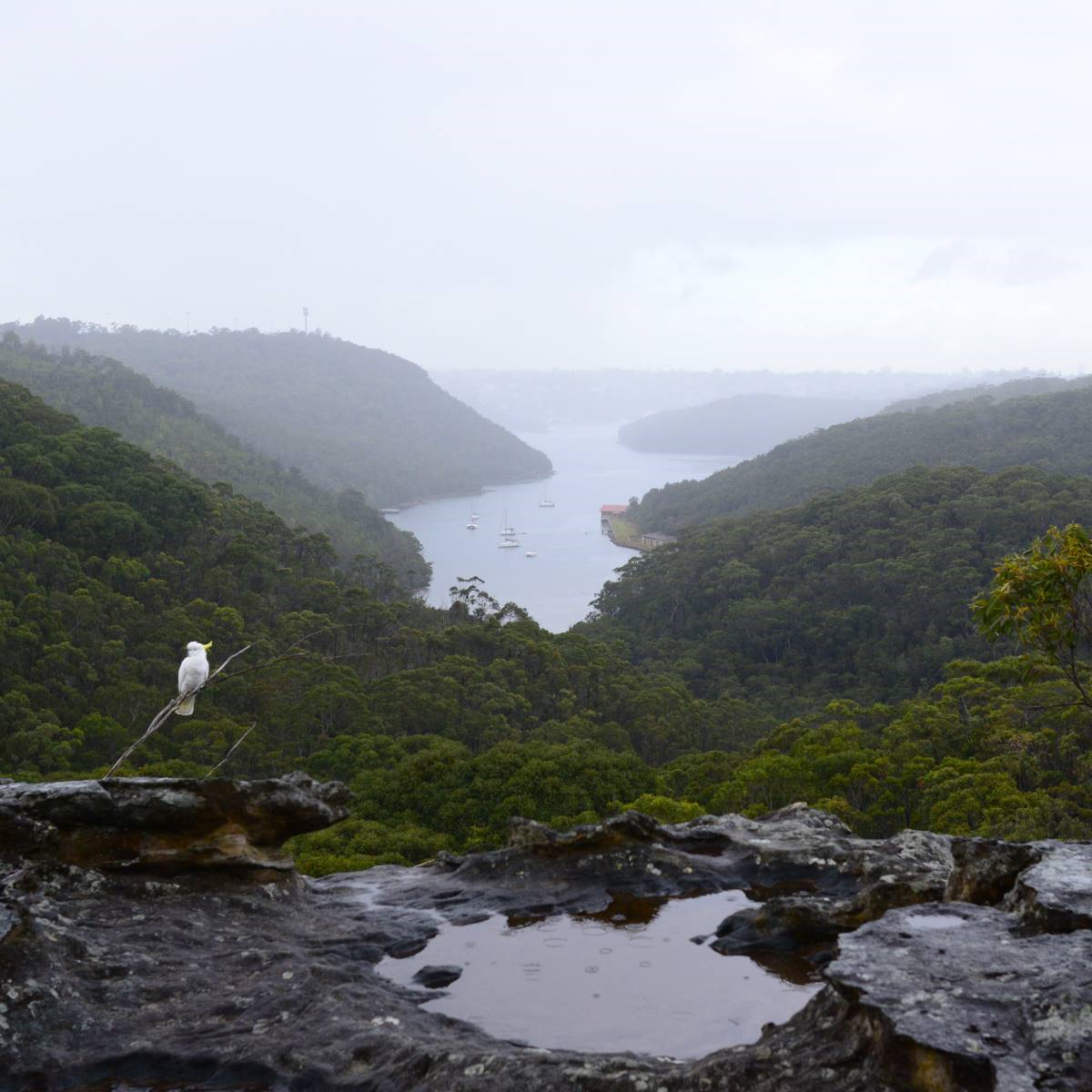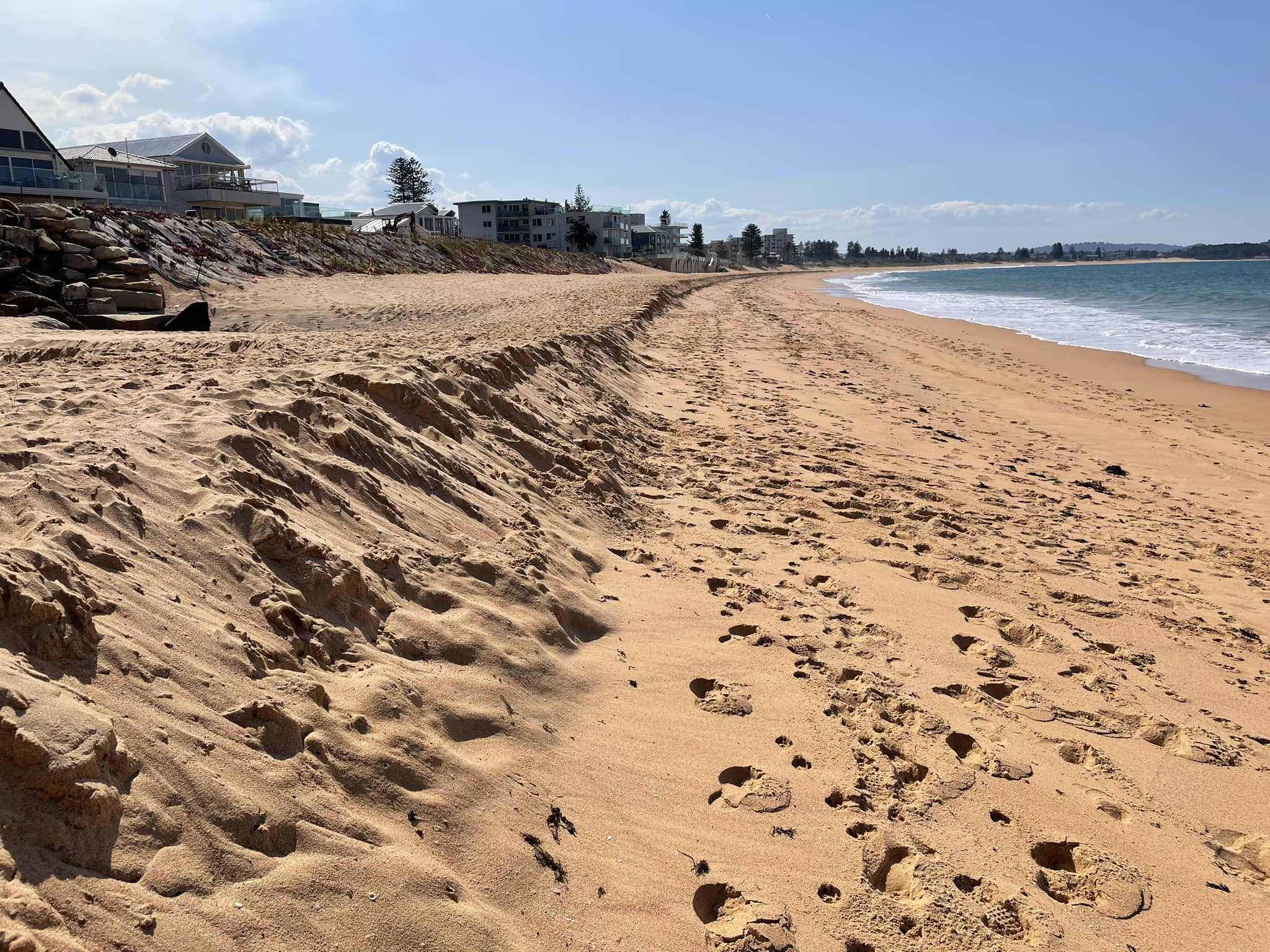Earth & Environmental Science excursions
Auseco provides school field trip excursions for NSW Primary and Secondary students in the Sydney region.
Our excursions for Earth & Environmental Science cover multiple units of study in a single day. We offer field trips in a variety of locations best suited to the syllabus requirements, in northern and southern Sydney.

Modules 1&4 (Year 11)
Take a trip back in time and investigate opportunities and challenges for humans and native ecosystems in this combined program.
Syllabus outcomes for this field trip
EES11/12-1 A student develops and evaluates questions and hypotheses for scientific investigation
EES11/12-2 A student designs and evaluates investigations in order to obtain primary and secondary data and information
EES11/12-3 A student conducts investigations to collect valid and reliable primary and secondary data and information
EES11/12-4 A student selects and processes appropriate qualitative and quantitative data and information using a range of appropriate media
EES11/12-5 A student analyses and evaluates primary and secondary data and information
EES11-8 A student describes the key features of the Earth’s systems, including the geosphere, atmosphere, hydrosphere and biosphere and how they are interrelated
EES11-11 A student describes human impact on the Earth in relation to hydrological processes, geological processes and biological changes
Bushland
Module 1: Earth’s Resources
After a fascinating encounter with some of Australia’s most ancient organisms, students will examine the geosphere by collecting and analysing rock and soil samples to draw conclusions about their origin and their influence on the local bushland ecosystem.
Module 4: Human Impacts
At the suburban-bushland interface, we’ll conduct a transect survey to observe the invasion of non-native species. Then we’ll visit a local creek to perform a series of water quality tests, investigate local pollution sources, and witness pollution reduction measures in action.
Locations
- Bantry Bay (Frenchs Forest)
- Camp Coutts (Waterfall)
- Camp Kedron (Ingleside)
Program outline
- Morning session: Site briefing, background, fossil specimens, rock and soil testing and analysis
- Midday session: Weed transect, catchment study
- Afternoon session: Creek water quality testing and pollution reduction study
Activities are performed in a rotation to accommodate multiple classes. The timing and location of activities will vary according to factors such as the school’s schedule, number of classes, and the environmental conditions on the day.
Sample worksheets are available which also contain details of scientific skills, equipment and secondary data provided by this program. Contact us to request.
Rainforest
Module 1: Earth’s Resources
Students will investigate the local geosphere with geology maps, rock and soil sampling, and an analysis to draw conclusions about the conditions during their formation and how they influence growing conditions for the rainforest.
Module 4: Human Impacts
The area of subtropical rainforest has declined markedly due to logging and clearing for farmland. We’ll quantify the amount of land clearing in the Illawarra, and study the impacts on the remaining rainforest due to weed invasion.
Location
- Mt Keira (Wollongong)
Program outline
- Morning session: Site briefing, background, map work, rock and soil testing and analysis
- Midday session: Land clearing study, testing weed invasion
- Afternoon session: Case study of Lantana camara
Activities are performed in a rotation to accommodate multiple classes. The timing and location of activities will vary according to factors such as the school’s schedule, number of classes, and the environmental conditions on the day.
Sample worksheets are available which also contain details of scientific skills, equipment and secondary data provided by this program. Contact us to request.

Modules 5-8 (Year 12)
A hotspot for geology and coastal science – there’s enough happening here to cover four modules in a single day!
Syllabus outcomes for this field trip
EES11/12-1 A student develops and evaluates questions and hypotheses for scientific investigation
EES11/12-2 A student designs and evaluates investigations in order to obtain primary and secondary data and information
EES11/12-3 A student conducts investigations to collect valid and reliable primary and secondary data and information
EES11/12-4 A student selects and processes appropriate qualitative and quantitative data and information using a range of appropriate media
EES11/12-5 A student analyses and evaluates primary and secondary data and information
EES12-12 A student describes and evaluates the models that show the structure and development of the Earth over its history
EES12-13 A student describes and evaluates the causes of the Earth’s hazards and the ways in which they affect, and are affected by, the Earth’s systems
EES12-14 A student analyses the natural processes and human influences on the Earth, including the scientific evidence for changes in climate
EES12-15 A student describes and assesses renewable and non-renewable Earth resources and how their extraction, use, consumption and disposal affect the Earth’s systems
Rock platform / Sand dunes
Module 5: Earth’s Processes
Students will search for fossils at the base of Long Reef Headland and conduct an animal catch to observe animal features and adaptations that link them to their ancestral past.
Module 6: Hazards
We’ll identify fault lines in the headland’s sedimentary layers, and discuss the prevalence of earthquakes in geological history. We’ll also witness evidence of mass movement and discover why this area is so susceptible.
Module 7: Climate Science
Students will use climate data to follow the series of events that led to a destructive East Coast Low weather incident here in 2016. We will observe storm damage and repair efforts, and consider the impact of climate change on coastal areas and how climate technologies can assist.
Module 8: Resource Management
We’ll investigate the local titanium sands and also consider sand mining of coastal dunes for the construction industry of Sydney.
Location
Program outline
- Morning session: Site briefing, background, fossil hunt, animal catch
- Midday session: Fault lines and mass movement study
- Afternoon session: Climate event case study and tour of coastal management strategies
Activities are performed in a rotation to accommodate multiple classes. The timing and location of activities will vary according to factors such as the school’s schedule, number of classes, and the environmental conditions on the day.
Sample worksheets are available which also contain details of scientific skills, equipment and secondary data provided by this program. Contact us to request.
